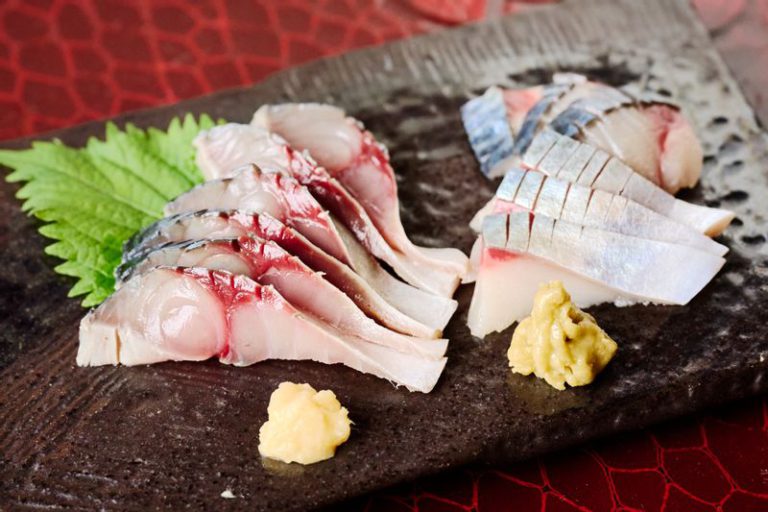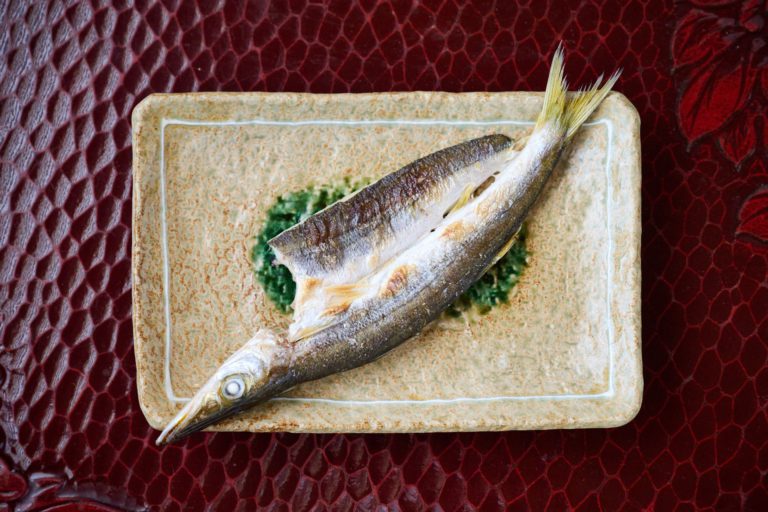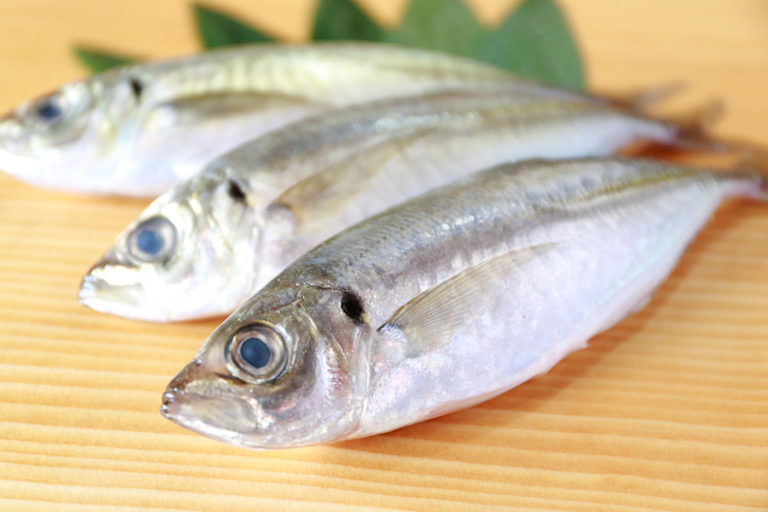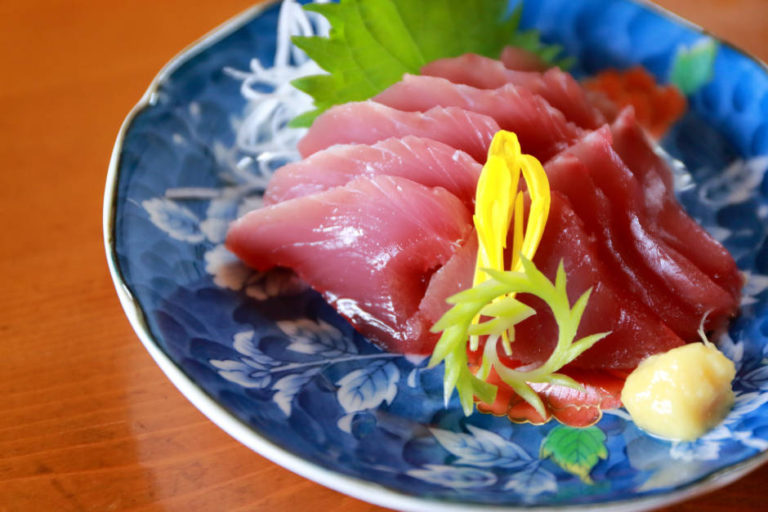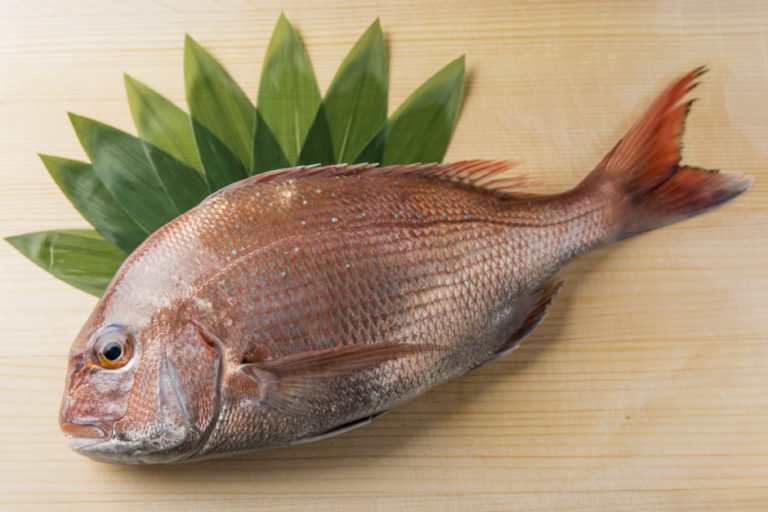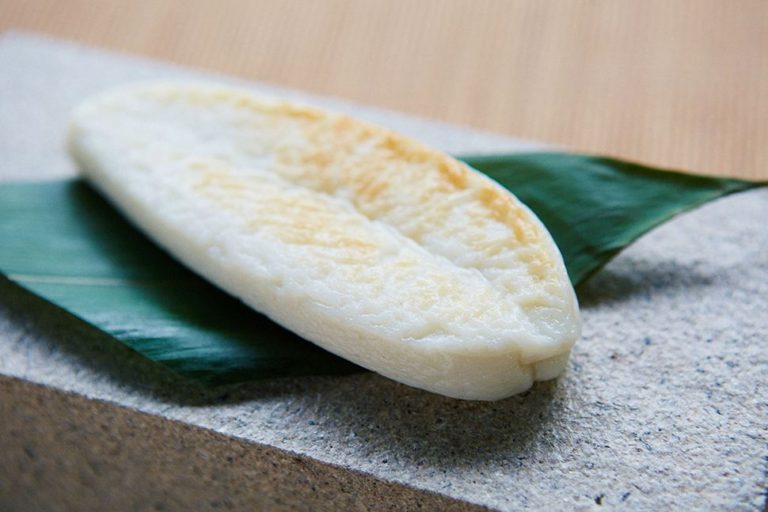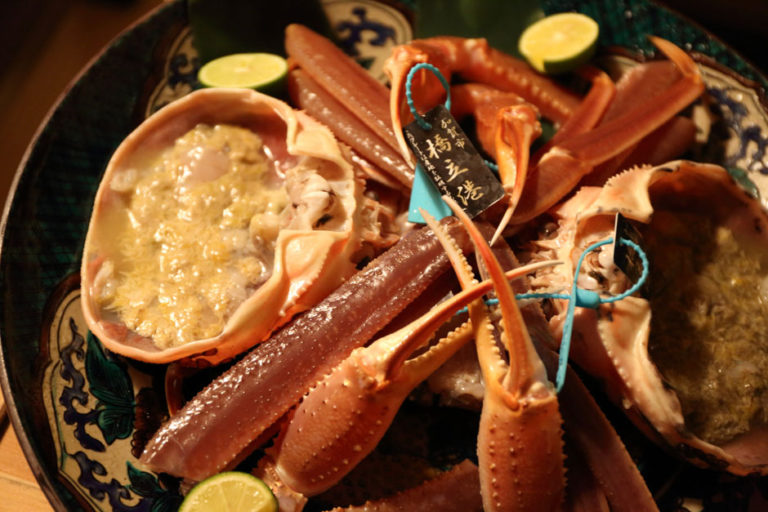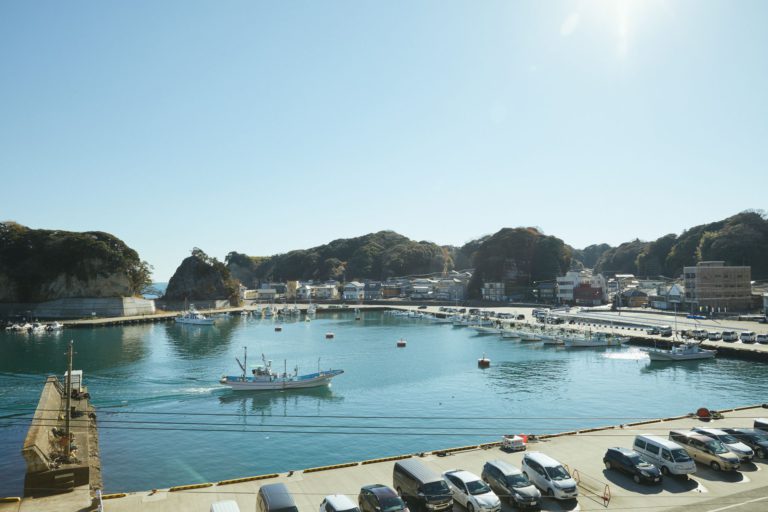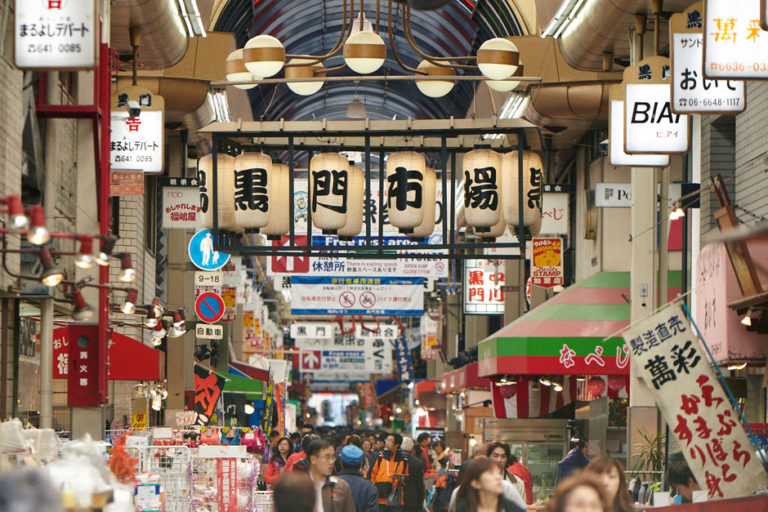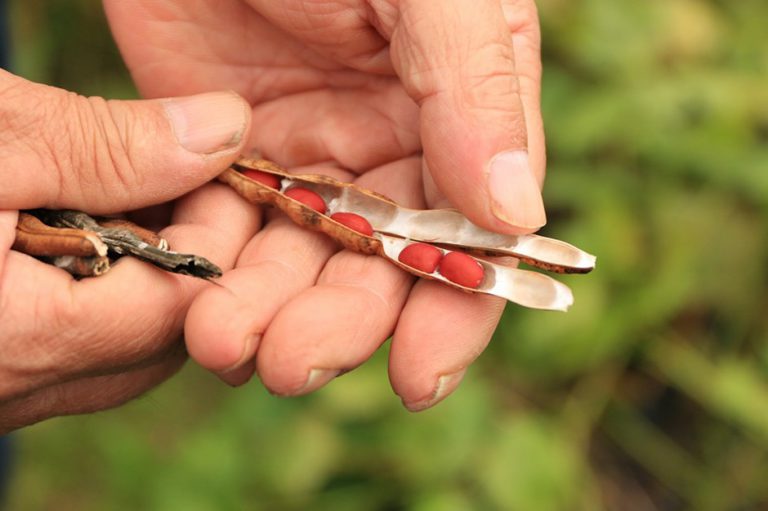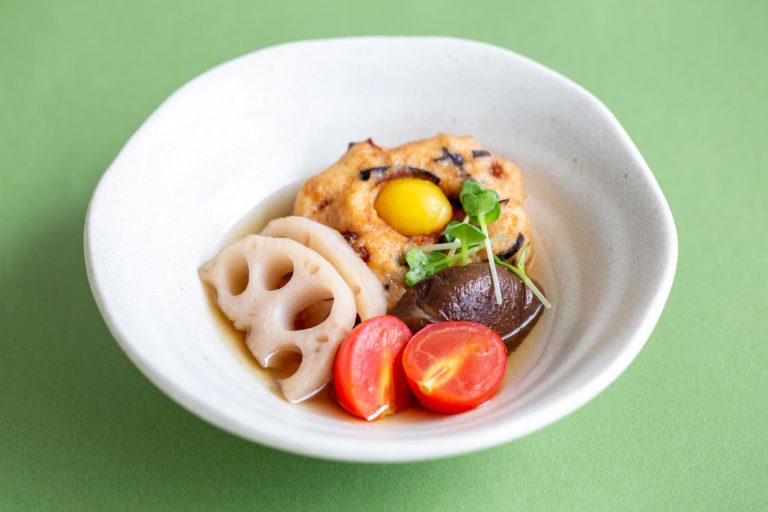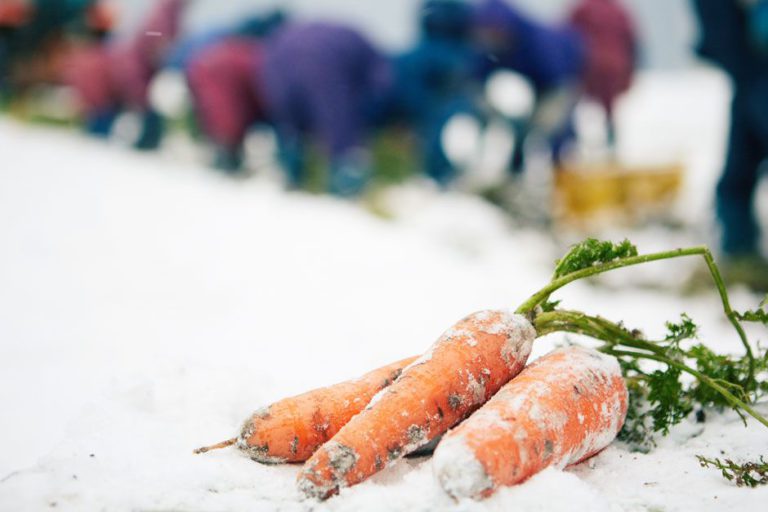A Connoisseur Explains How to Enjoy In-Season Mackerel
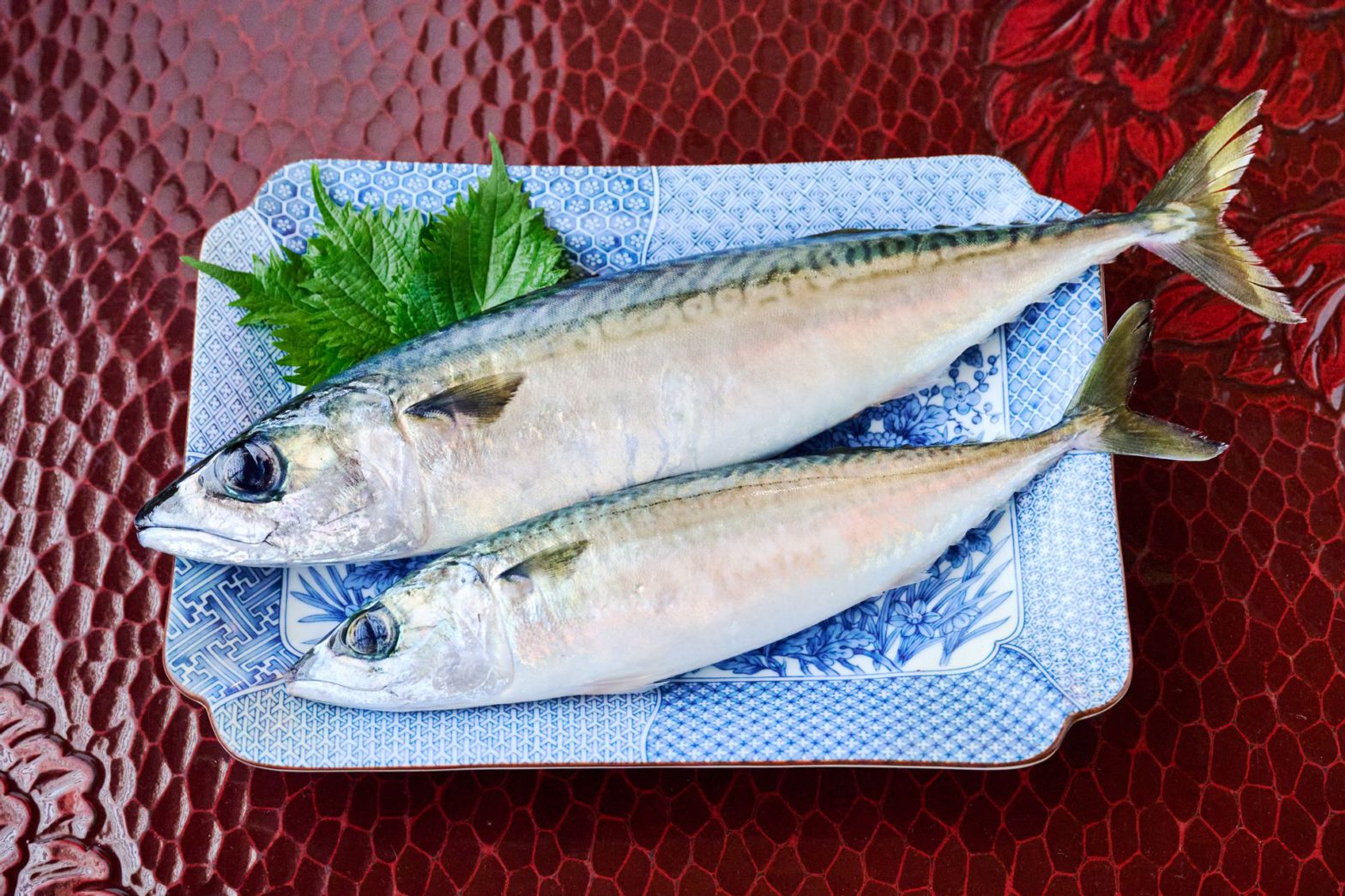
Wild mackerel for its umami and farmed toro for its fat
It is no exaggeration to say that mackerel is Japan’s national fish. Mackerel can be prepared in numerous ways, such as grilling, simmering in miso, and curing. As a type of bluefish, mackerel is rich in EPA and DHA, and it is still fresh in our minds that canned mackerel became a huge craze as a convenient health food.
Although blue mackerel is the most frequently found mackerel in the Kyushu region, the most commonly distributed mackerel in Japan is the chub mackerel. Because they store fat while swimming in cold ocean currents, mackerel caught in northern areas is considered particularly fatty and tasty. Several regions have their own brand of mackerel, each with its own standards. Examples include Matsuwa mackerel, which migrates around Tokyo Bay and is caught in the Matsuwa Sea in the southern part of the Miura Peninsula; Kinka mackerel, which is caught off the Kinkasan Sea in Ishinomaki, Miyagi Prefecture, and is landed at Ishinomaki Port, and Seki mackerel, which is sold for its muscular, lean meat and strong umami. Mackerel is also consistently one of the top fish species for annual catch.
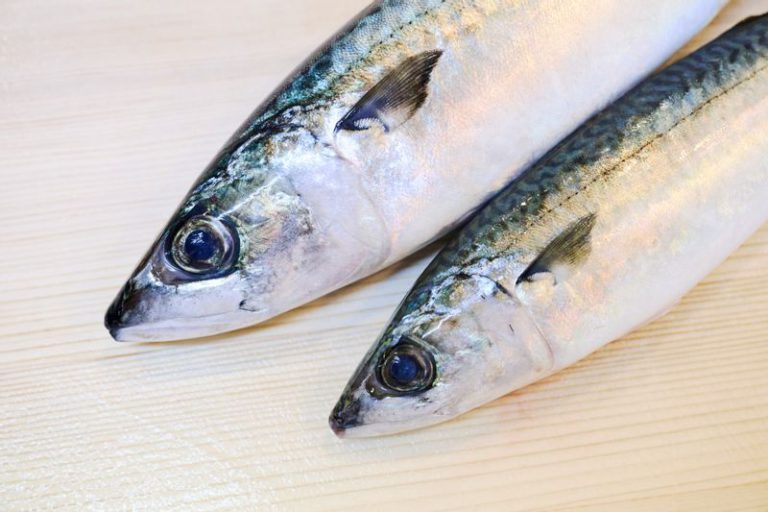
Mackerel is also widely farmed throughout Japan, including Kagoshima, Ehime, Hyogo, and Miyagi. Farmed mackerel and wild mackerel are distinct categories with different flavors and recommendations for eating them. On the day of our visit, we had wild mackerel landed in Chiba Prefecture and farmed Mujoka mackerel from Kagoshima Prefecture.
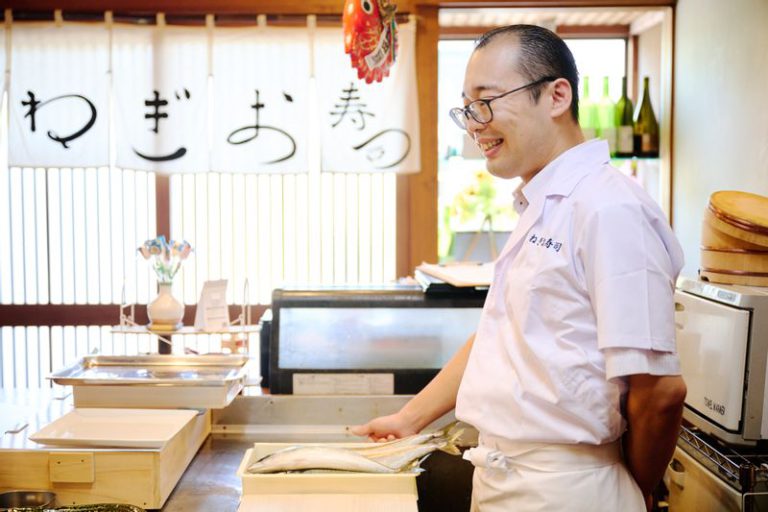
According to Negishi, “Wild mackerel is at its best in fall and winter due to its high-fat content. Winter mackerel, known as Kansaba, can have up to 20% body fat. Wild mackerel is raised on various types of feed, giving it a rich aroma and strong umami. On the other hand, it’s best to have farmed mackerel as sashimi, as it’s a toro (fatty fish) with plenty of sweet fat. The unique aroma and umami flavor of bluefish and the tender flesh make mackerel so appealing.”
How to choose delicious mackerel
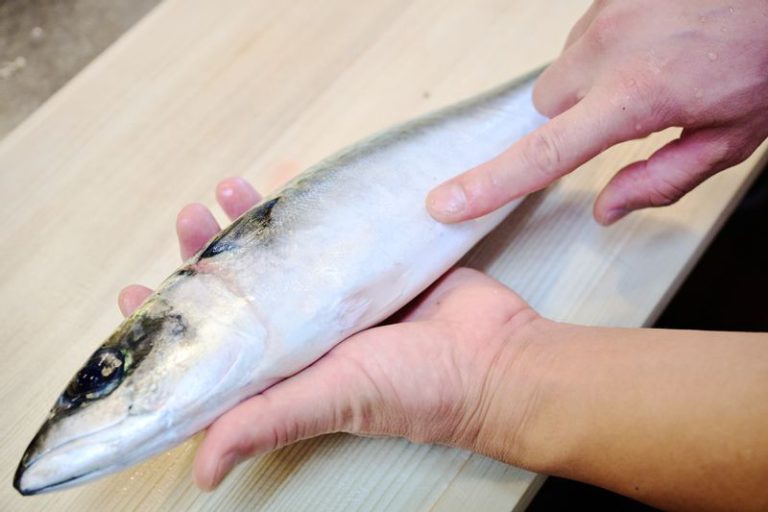
Negishi taught us to identify the best mackerel, noting size does not determine fat content.
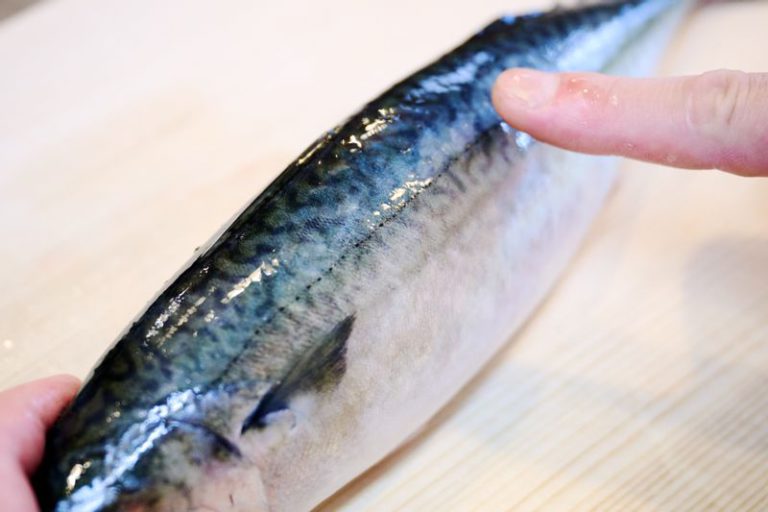
「他の魚と重なってくるのですが、まずは顔を見て、目が澄んでいるか、口が開いていないかチェックします。また全身を見てみて小顔なものは、胴体が太っている=脂肪があるということ。太っているかどうかを確かめるには、尾ひれの付け根部分の身のぷっくり感と、横から見て丸みのある身体かどうかを見ます。お腹が大きい子は太っている場合もありますが、捕まえる直前に満腹になっていたり、浮袋が膨らんでいるだけの場合があるからです。またお腹を触って柔らかいものは、酵素によって内蔵の分解が始まっているので、鮮度が落ちています。最後に背中の模様を見ましょう。雑に扱われてウロコが剥げたり、身の水分量が多くなっていると模様がぼやけるので、くっきり鮮明なものが良いですね」
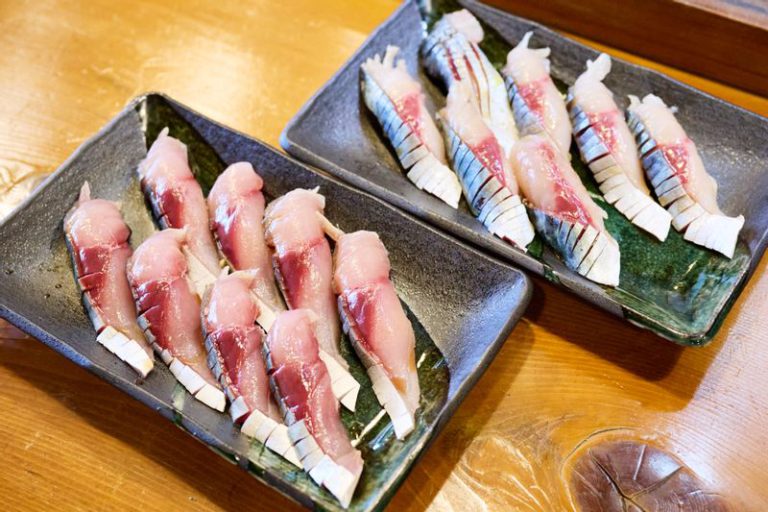
Cured mackerel is Negishi’s recommended way to eat mackerel because it has an enticing aroma unique to bluefish, but if it is not prepared well, the fishy odor will dominate. It is a fish that tests the skill of the cook. Curing the mackerel with salt and vinegar is perfect for bringing out its umami flavor.
Negishi explains, “Curing mackerel in this way was originally a method for preserving the easily spoiled fish, but over-curing can cause it to lose umami and aroma. Today, we have refrigerators, so I want to show you how to make it tasty instead of just preserving it.”
mackerel
Source:Negio-zushi Kazuya Negishi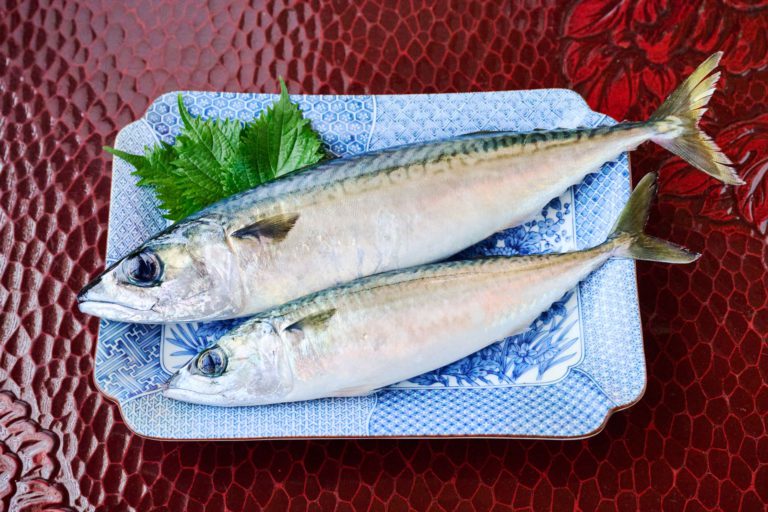
Peak Season
Fall to winter
*Varies according to species, weather, and landing port.
Tips
1.Clear eyes
2. Firm belly.
3.Plump and raised base of the fin tail (it is fattened)
4.Small face in relation to the body
5. Clean scales and vivid markings.
6.Closed mouth
7. The scales are intact (mackerel tend to lose their scales easily)

